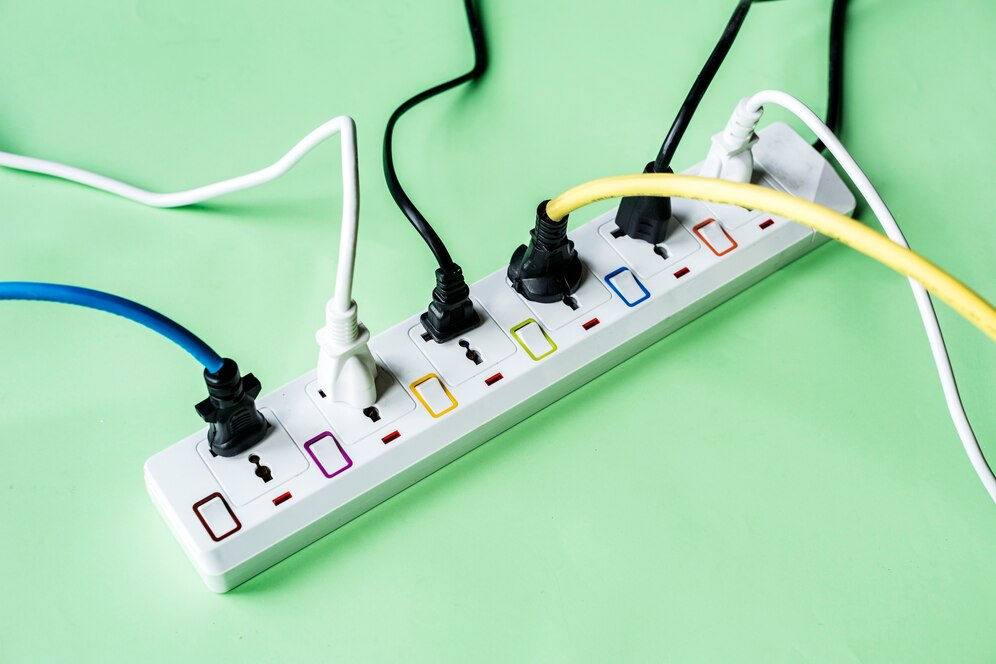MCB Full Form: Miniature Circuit Breaker

MCB Full Form and Its Crucial Role in Power Distribution
In the world of electrical engineering and power distribution, certain acronyms hold the key to ensuring safety, efficiency, and reliable energy supply. One such acronym is “MCB.” While you might have encountered this term in discussions about electrical circuits and home safety, have you ever delved into the full form of “MCB” and the essential role it plays in safeguarding electrical systems? In this article, we will unveil the MCB full form and explore its significance in power distribution and electrical safety.
MCB Full Form: Miniature Circuit Breaker
Defining MCB: “MCB” stands for Miniature Circuit Breaker, a fundamental component in electrical systems that serves as a protective device. An MCB is designed to automatically interrupt the flow of electrical current when it exceeds a predefined threshold, preventing overcurrent and potential damage to the circuit or connected devices.
Understanding the Significance of MCB in Power Distribution
Miniature Circuit Breakers play a crucial role in maintaining electrical safety, preventing hazards, and ensuring the smooth functioning of electrical systems. Here are key aspects that highlight the significance of MCBs:
- Overcurrent Protection: MCBs protect circuits from overcurrent situations, which can occur due to short circuits or excessive electrical loads.
- Device Protection: By interrupting the current flow, MCBs prevent damage to electrical devices and appliances connected to the circuit.
- Fire Prevention: Overcurrent situations can lead to overheating and potential fire hazards. MCBs mitigate this risk by promptly disconnecting the circuit.
- Easy Reset: Unlike traditional fuses, MCBs can be easily reset after tripping, restoring the circuit’s functionality without the need for replacement.
- Segmentation: MCBs allow for the segmentation of electrical circuits, enabling selective disconnection and troubleshooting.
Key Features of MCBs
- Current Rating: MCBs come in various current ratings, allowing them to be selected based on the specific load requirements of a circuit.
- Trip Characteristics: MCBs have different trip characteristics, such as B, C, and D types, which determine the response time and sensitivity to overcurrent conditions.
- Thermal and Magnetic Protection: MCBs offer both thermal protection (for prolonged overloads) and magnetic protection (for short-circuit currents).
Impact on Electrical Safety:
MCBs contribute significantly to electrical safety:
- Protection from Hazards: MCBs prevent overcurrent situations that could lead to electrical fires, shock hazards, and damage to equipment.
- Quick Response: MCBs trip quickly in response to abnormal current levels, minimizing potential damage and risks.
- User Convenience: Resetting a tripped MCB is simple and quick, restoring power without the need for replacing components.
Conclusion
“MCB,” or Miniature Circuit Breaker, embodies more than just an acronym; it represents a vital layer of protection in electrical systems. Its role in preventing overcurrent situations, safeguarding devices, and ensuring the safety of individuals and properties is paramount. The next time you flip a switch or plug in a device, remember that the unobtrusive MCB is working tirelessly in the background to keep your electrical systems secure. Whether in homes, offices, or industrial settings, MCBs are a testament to the commitment to electrical safety in the modern world.